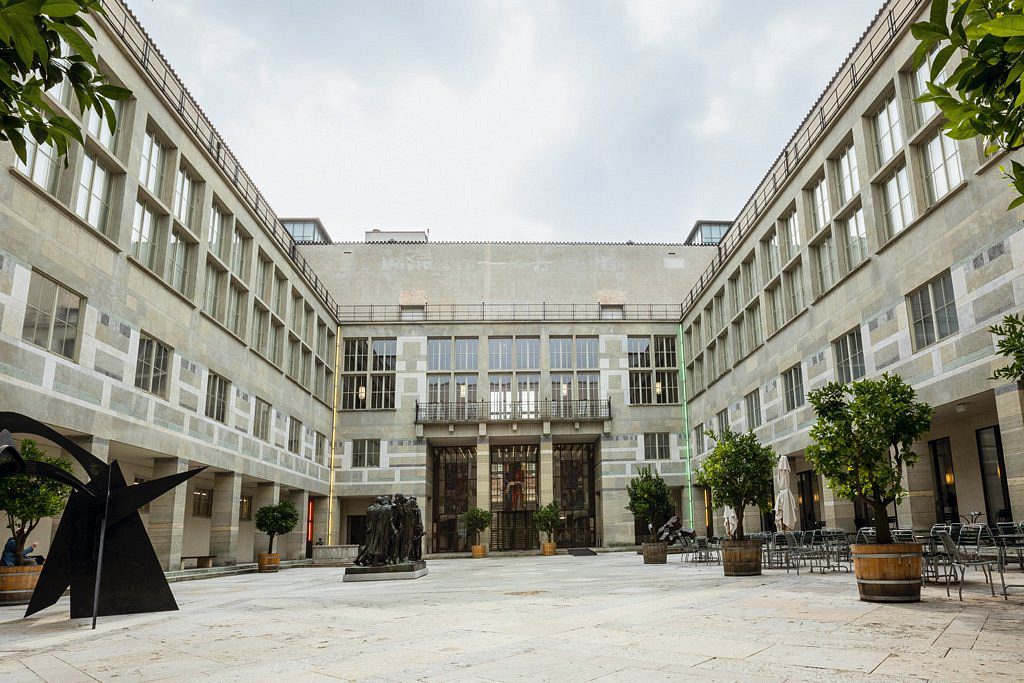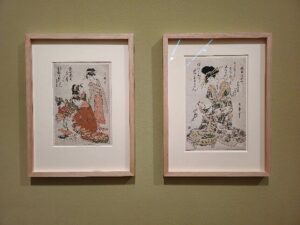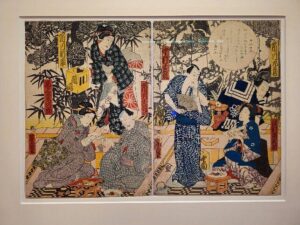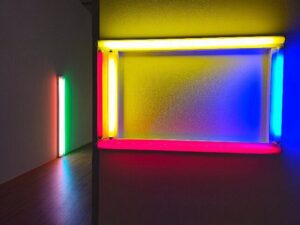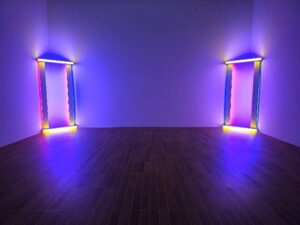Description
The Kunstmuseum Basel enjoys an international renown rivaled by few museums of its kind. Its world-famous collection, the Öffentliche Kunstsammlung Basel or public art collection of Basel, encompasses more than 300,000 works and spans eight centuries, from the late Middle Ages to the present. Its historic nucleus, the Amerbach Cabinet, an ensemble of precious works of fifteenth- and sixteenth-century art, was acquired by the city in 1661, entrusted to the care of the university, and made accessible to the public; since that time, Basel has boasted the world’s oldest public collection of art. The Kunstmuseum Basel owes this singular treasure to the friendship between Bonifacius Amerbach and his considerably more illustrious contemporaries Hans Holbein the Younger and Erasmus of Rotterdam—both lived in Basel for extended periods of time in the early sixteenth century.
Fortunate circumstances have allowed the Öffentliche Kunstsammlung to grow steadily over several centuries, and so it is now distinguished by a rare degree of historic continuity. The Basel collection came into being in a small city republic led by merchants that was largely spared the calamities of geopolitics and therefore able to safeguard its wealth; meanwhile, successive waves of religiously or politically motivated immigrants continually supplied it with fresh ideas. Moreover, Basel has been blessed since the sixteenth century with a tradition of vigorous philanthropic commitment to the common weal, complemented by a strong affinity for culture and scholarship that has benefited the Öffentliche Kunstsammlung at several crucial junctures.
A period of dedicated collection-building focused on the international modernism of the nineteenth and twentieth centuries began after the First World War. The museum’s holdings continued to grow after the Second World War in no small part thanks to the largesse of private benefactors including Raoul La Roche, Maja Sacher-Stehlin, Marguerite Arp-Hagenbach, Richard Doetsch-Benziger, Max Geldner, and Martha and Robert von Hirsch, who gifted or bequeathed their—in some instances, sizable—private collections to the museum. Financial donations, meanwhile, enabled the museum to enlarge its galleries; especially noteworthy is the munificence of Maja Sacher-Stehlin (establishment of the Museum für Gegenwartskunst, 1980); the farsightedness and generosity of her niece Dr. h.c. Maja Oeri paved the way for the acquisition of the Laurenzbau in 1999 and the construction of the new gallery building in 2016. Finally, numerous artists gave ample selections from their oeuvres to the museum during their lifetimes; notable examples include Samuel Birmann in the nineteenth century and, in recent decades, Hans/Jean Arp, Pablo Picasso, Jasper Johns and Frank Stella.
Location
-
St. Alban-Graben 16, 4051 Basel, Switzerland
